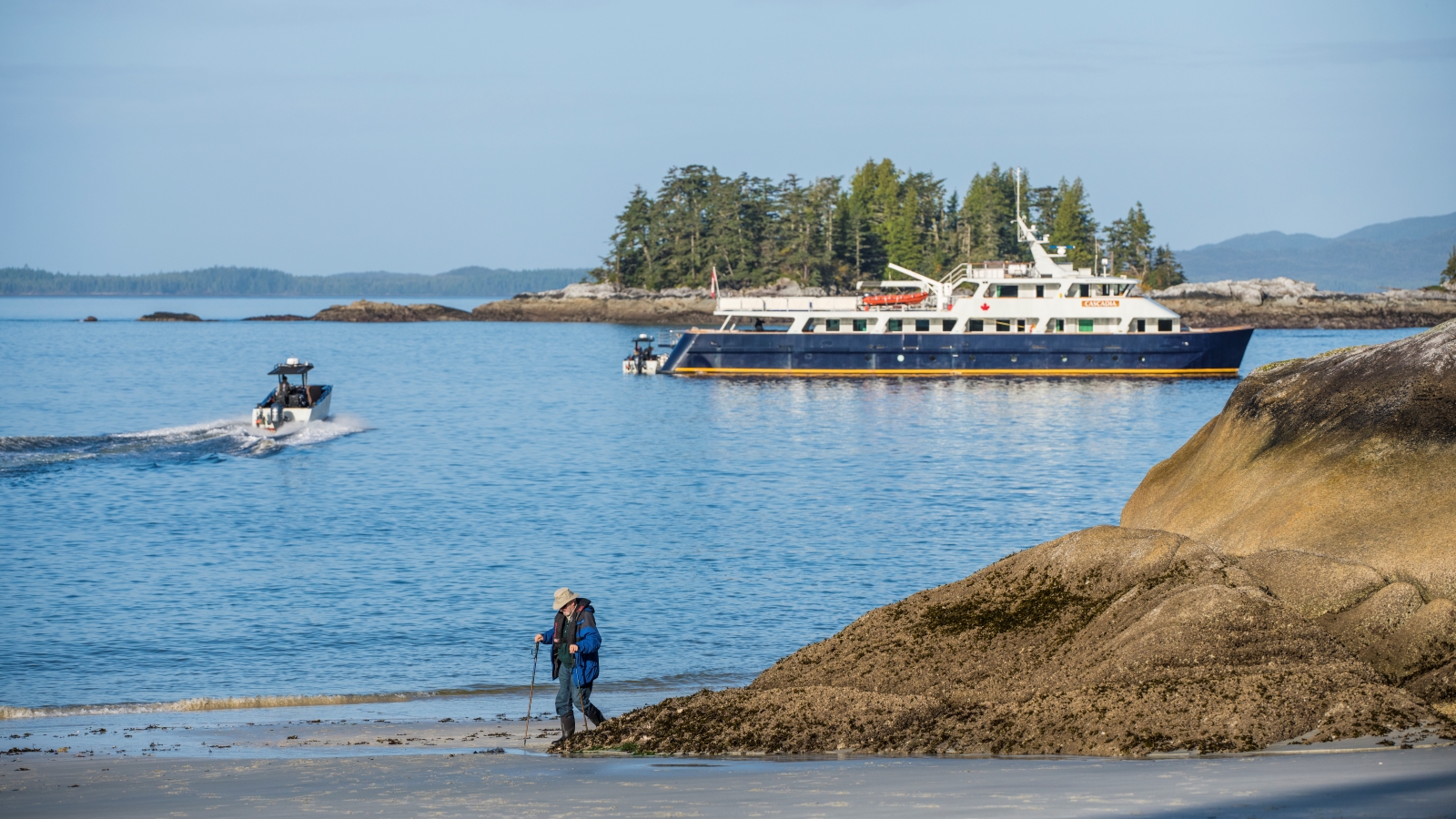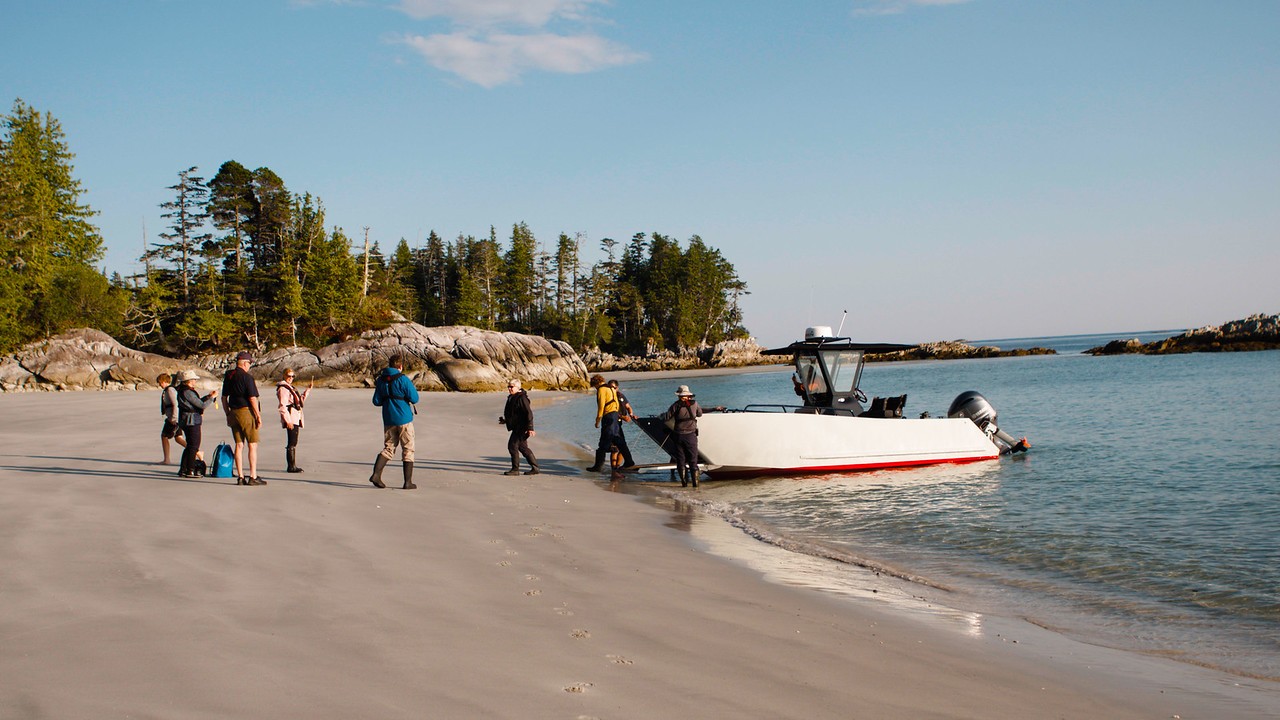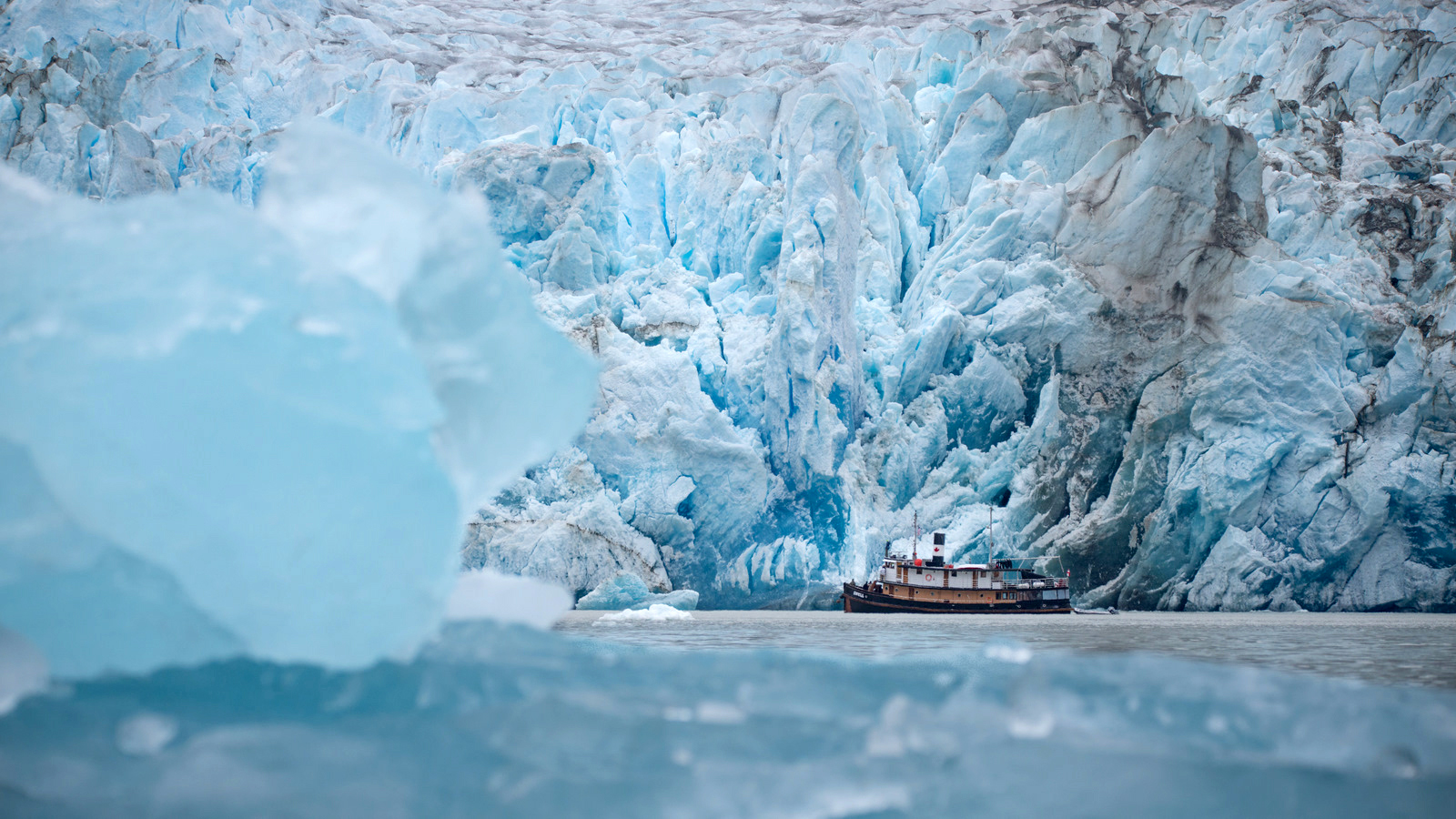One of the questions we are commonly asked is: “what are the mobility requirements like on your trips?” It’s true that adventure travel comes in varying degrees of difficulty, but here at Maple Leaf Adventures we do our best to make the wonders of our coast accessible to almost everyone.
We journey at a leisurely pace, taking time to really appreciate the natural world around us. You shouldn’t feel put through your paces, and there is no physical preparation required.
With that being said, the wild places we explore do not feature the sort of paved trails you might find in national parks, so there’s certainly a baseline level of physical ableness required. In this article, we’ll help you figure out if you’re at that level.
What Are the Mobility Requirements for a Typical Trip?
The amount of activity is not extreme, but it’s nothing to slouch at either. While we live and dine aboard expedition yacht, we spend mornings and afternoons exploring sandy beaches, rugged coastline, or temperate rainforest—typically two to three times per day.
We take these excursions by shore boat and there are no docks in the wild, so you can expect the occasional wet landing (rubber boots are provided!).
Shore trips are not physically challenging for most people. They do not involve serious distance or elevation, and we limit our pace to the slowest member of the group—or split into two groups, if some of our guests prefer a faster pace. Your guides will be made confidentially aware of any physical limitations you have told us about and will help you along the way.
On some of our trips we’ll enjoy talks from Indigenous leaders or local scientists, where you may be required to stand for as long as an hour. Bear watching usually comes with the opportunity to lean against a platform or sit in a camping chair, if we’re there for most of the day. In most situations, we can make it possible for our passengers to do most of the activities if they want to. And if they can’t, we offer them alternatives, like zodiac cruises instead of kayaking.
Am I Too Old to Go on One of Your Trips?
No. In theory, there’s no age limit for our trips. While we take many guests in their senior years, slowing down is usually the last thing on their minds. Sherry Kirkvold, a naturalist on our trips, recently recalled an 84-year-old guest at the helm of the Maple Leaf, sails up and steering the ship.
The bottom line is: You’re never too old to discover the wonders of the coast. That being said, our trips are not suitable for those with failing health or some physical disabilities.

I Have a Physical Limitation but I Am Still Active. Will I Be Okay?
That depends. We have had guests with physical limitations, disabilities and prostheses who have had no problem on our trips—if your limitation does not seriously impede your ability to walk on varied, uneven, or wet terrain, you should be fine.
It’s not uncommon for guests to use walking sticks, in fact—we carry them on our ships. Our trips are not suitable for those who require use of a wheelchair or walker though, unfortunately.
How Do Mobility Requirements Differ on Each Ship?
Each of our ships are unique and therefore have varying degrees of accessibility. If we were to order the three based on their ease of access, it would have to go Cascadia (Catamaran), Swell (Tugboat), and then Maple Leaf (Schooner).
On our trips, guests are required to be agile enough to clamber in and out of shore vessels in areas where there are no docks, step over 10-inch-high door sills (on Swell), climb up and down a steep staircase like a ladder (on Maple Leaf), or regular staircases (on Cascadia). On both Swell and Maple Leaf, guests will be required to step into zodiacs from the ship with the assistance of crew, as well as swing their legs over the pontoon when stepping out onto shore.
Cascadia features a pair of landing craft style tenders which can be boarded without straddling (you walk straight on and off the bow onto beaches, with a possible step down), making her the most accessible option.
If you have difficulty frequently climbing up and down stairs, you may also consider choosing a cabin on the main deck of Swell or Cascadia.

So, What’s Holding You Back?
If there’s still any doubt to whether you’re capable of enjoying one of our expeditions, please give us a call and we’ll help with any questions you may have. Our friendly office team have been on the trips (some even serving as relief crew) and can provide helpful guidance on the mobility requirements for the particular itinerary you’re interested in.
A few months prior to your trip, you’ll be asked to complete a medical questionnaire which will be reviewed by your crew on board. It’s completely confidential and covers not only physical health, but any medical conditions or allergies we’ll need to know about. So you can rest assured you’re in safe hands!
Please note this guide is meant for educational purposes only and not intended to serve as medical or professional advice. If you still have any concerns following a conversation with one of our team, you should consult your physician or other health care professional to determine if our trip is suitable for your unique needs.






